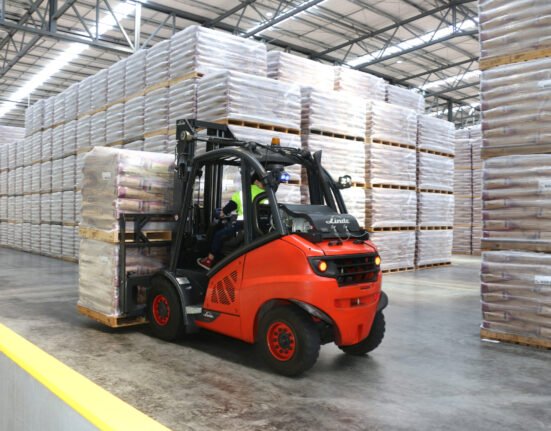China’s growing self-sufficiency in dairy production is having a profound influence on global dairy trade, according to a recent market report from Rabobank. As China produces more dairy products domestically, New Zealand must seek alternative markets for its whole milk powder exports, leading to greater global dairy export competition and below-average milk powder prices.
China’s increased dairy production ripples around the globe
China’s monumental achievement in self-sufficiency in milk production, representing a staggering 11 m metric tons from 2018 to 2023, has left an indelible mark on the global dairy sector. The country’s whole milk powder (WMP) imports plunged from an average of 670,000 metric tons between 2018 and 2022 to a mere 430,000 metric tons in 2023.
Mary Ledman, Global Strategist for Dairy at Rabobank, describes the global dairy sector as a row of dominoes, with China’s demand representing the first domino, followed by New Zealand’s supply, and finally a key commodity: WMP.
“If China’s demand falls, it triggers a chain reaction, causing each subsequent domino to topple. This has inevitably intensified competition among the existing dairy-exporting regions and led to lower-than-average global milk powder prices,” Ledman said.
New Zealand adjusting its product mix and export strategy
New Zealand accounts for less than 3% of world cow milk production but over 25% of global dairy trade. As the primary dairy exporter to China, it must now find alternative markets for the milk equivalent of nearly 150,000 metric tons of WMP. Almost 1.3m metric tons of milk – equivalent to 6% of New Zealand’s annual milk production – is now in search of import destinations in the form of WMP, skim milk powder (SMP), milkfat, and cheese.
New Zealand’s WMP exports peaked in 2021 due to China’s robust demand, which dropped in the subsequent years. In response, New Zealand adjusted its export strategy, increasing exports of SMP, butterfat, and cheese, offsetting a 255,000 metric ton fall in WMP exports between 2021 and 2023.
In 2022 and 2023, New Zealand also multiplied its WMP imports to Algeria, the world’s second-largest WMP importer. “This caused the New Zealand dairy supply domino to cascade into the European market, the traditional WMP and SMP supplier for Algeria,” explains Ledman. “New Zealand also diverted milk from WMP to SMP, resulting in a nearly 40% boost in its total SMP exports from 2021 to 2023, putting pressure on SMP exports from the EU and the US.”
A challenge for dairy exporters
China’s growing milk and dairy production offers opportunities for companies supporting animal health, genetics, nutrition, manure management, and milking and processing equipment. While it is doubtful that China would be become a net dairy exporter, Ledman said “it nevertheless poses a significant challenge to the key dairy exporting regions, which have significant exposure to the Chinese market and will need to continue to adapt to the changing market dynamics.”
“While the cost of production will play a role in competitiveness, shorter supply chains and increased trade protectionism could potentially offset these costs,” she cautioned. “China’s increased self-sufficiency may serve as an example for other countries aiming to reduce reliance on trade.”
Source: The Cattle Site







